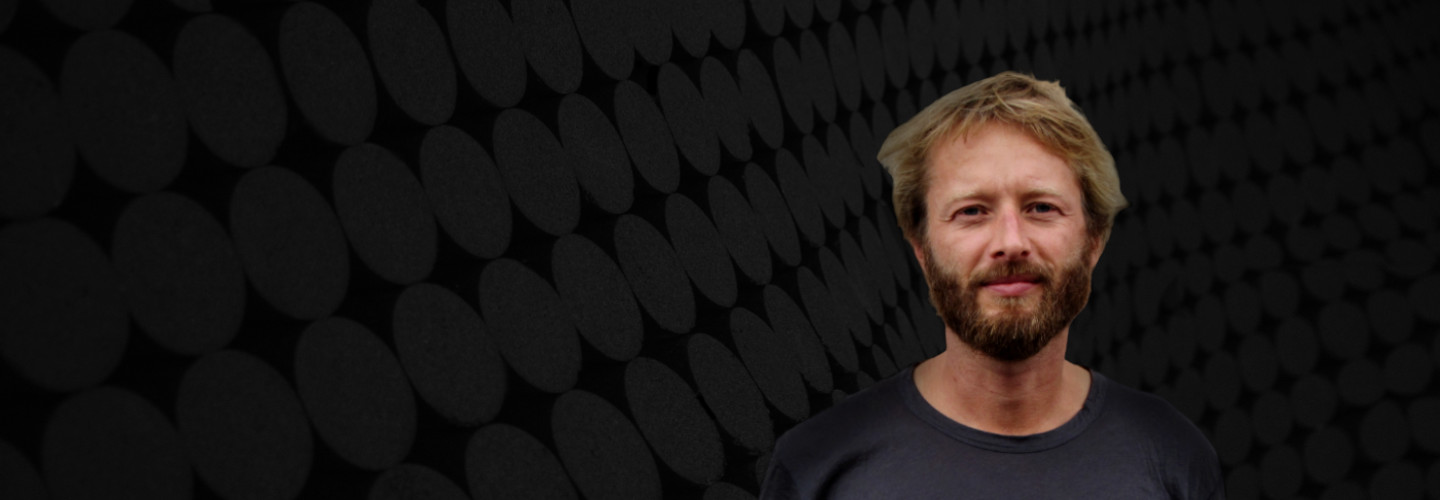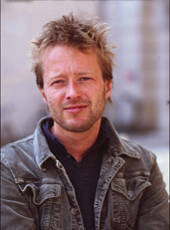

Johannes Maria Staud
Tableaux vivants
Short instrumentation: 1 0 1 0 - 1 2 1 1 - perc(2), harm, pno, s.sax(Bb), vl(2), va(2), vc(2), db
Duration: 95'
Dedication: Eine Produktion von Wiener Tanz- und Kunstbewegung, in Koproduktion mit Tanzquartier Wien, WIEN MODERN und PHACE | contemporary music. Mit Unterstützung von modul dance.
Instrumentation details:
flute (+picc
alto fl
bass fl)
clarinet in Bb (+cl(A)
cb.cl(Bb))
soprano saxophone in Bb (+alto sax(Eb)
t.sax(Bb)
bar.sax(Eb))
horn in F (+tuba in (B)
bass tuba in (F))
1st trumpet in C (+picc.tpt in (hoch B))
2nd trumpet in Bb (+flhn)
trombone
contrabass tuba (+cb.tbn)
1st percussion
2nd percussion
piano
harmonium
1st violin
2nd violin
1st viola
2nd viola
1st violoncello
2nd violoncello
double bass
Staud - Tableaux vivants for ensemble and tape
Sample pages
Audio preview
Work introduction
The music for this project is comprised of my works Berenice. Suite 1 for ensemble and tape (2003/2004-2006), Berenice. Suite 2 for ensemble (2003/3004-3006), Lagrein (2008) for violin, clarinet in A, violoncello and piano and Drei Studien für Tonband [“Three Studies for Tape”] (2003/2004).
However, it soon became clear to me in the course of the very exciting and inspiring work together with Anne Juren, Roland Rauschmeier and their company that it was not a question of letting my music run chronologically. It was not going to be a concert recital functioning according to musical criteria only and in which the sum of the components was more important than its individual parts. And since my music is constantly interacting with other forms of expression – dance, performance, fine arts – I decided to radically break open the works used, take them apart, create new cross-connections, with a view toward a dramaturgy specific to Tableaux vivants – and to combine them and put them together anew (to my own surprise).
Much of it came about in response to long discussions with Anne Juren and Roland Rauschmeier, as well as to the way all of it gradually came together during the rehearsal process. It was very important to me to be receptive to their wishes, just as they were always open to my suggestions. The “democratic” nature of the discussions during this work together was more than refreshing to a composer used to the often strictly hierarchical organisation of the musical world.
Johannes Maria Staud
